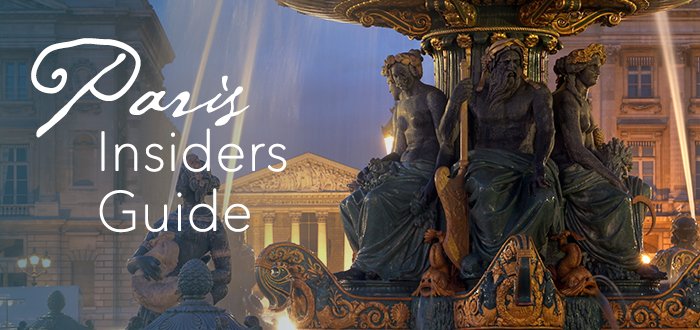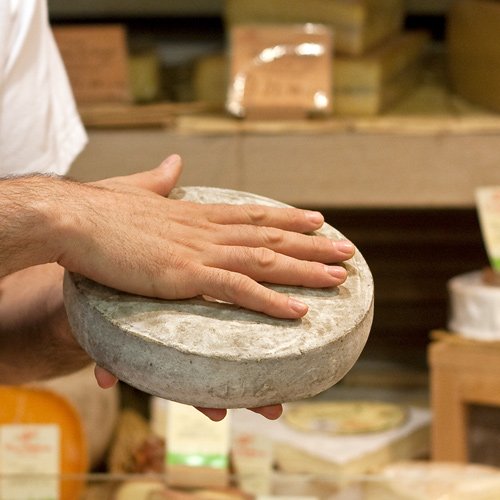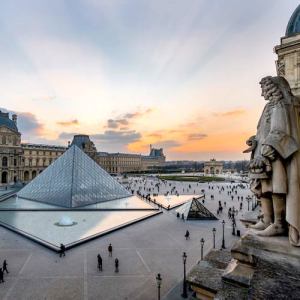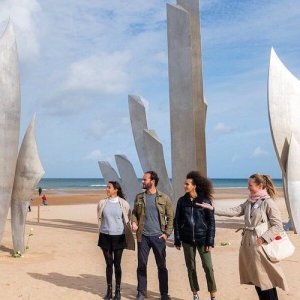Grand Palais Paris – A Glass Dome, A Museum & A Major Art Space
Built for the 1900 Universal Exposition and dedicated to the glory of French art, the Grand Palais in Pari is an iconic monument located between Champs-Élysées and the Seine. It's such an iconic building that, one hundred years after its inauguration, it was designated an historic monument.
Today the Grand Palais showcases grand-scale art exhibitions as well as events organized by others — like the annual Paris Photo exhibition, Fashion Week events, auto shows, and even equestrian events. Culture is the name of the game and the Grand Palais attracts over two million people annually. Let's find out more about this glass & steel structure on the Seine.
![]()
Discover What's On When You're Here...
• January... |
• February... |
• March... |
• April... |
• May... |
• June... |
• July... |
• August... |
• September... |
• October... |
• November... |
• December... |
Discover What's On When You're Here
• January...
|
• February... |
• March... |
|---|---|---|
• April... |
• May... |
• June... |
• July... |
• August... |
• September... |
• October... |
• November... |
• December... |
One Palais, Three Parts

The Grand Palais is made up of three separate and distinct parts — the Nave (the vaulted glass ceiling and the space below), the National Galleries (where art exhibitions are held), and the Palais de la Découverte (the science discovery museum). Under the majestic glass vault, a variety of national and international events are held.
The main space, most visible from the exterior, is a stunning iron, steel, and glass barrel-vaulted structure — one of the last of these large transparent domes (inspired by London's Crystal Palace) that were necessary to provide light in public spaces before the age of electricity. This is where you go for annual art shows, Fashion Week, even ice skating!
Next door, the National Galleries feature art exhibitions from renowned artists like Pablo Picasso, Auguste Renoir, and Paul Gauguin. There are two sections of galleries and there are often two different show running simultaneously. For example, in autumn 2017 the photographs of Irving Penn were on show in the main gallery, while an examination of the art of Gauguin was being shown in the second gallery.
The Palais de la Découverte, behind the National Galleries on the next street but officially part of the Grand Palais, is a fabulous science museum for children with both permanent and temporary exhibitions.
The Best Paris Activities
The Top Paris Activity
History of the Grand Palais Paris

1894 – A Competition
A competition is begun to find ways to make the upcoming Universal Exposition of 1900 exciting and memorable. One important idea emerges — to build a new avenue to connect the Champs-Elysées with the Esplanade des Invalides (the avenue is now named for Winston Churchill) and to build a new bridge over the Seine, Pont Alexandre III.
1896 – The Four Musketeers
The architectural competition is launched and a few proposals suggest building two palaces — a Grand Palais and a Petit Palais facing it across the new avenue. The decision made to turn the project into a collaboration among three architects. The main structure looking onto the current Avenue Winston-Churchill is assigned to architect Henri Deglane.
The middle section of the Grand Palais, including the Salon d'Honneur, goes to Albert Louvet while the rear section, now the Palais de la Découverte, is awarded to Albert Thomas. Just like the Four Musketeers, another architect, Charles Girault, is given the task of coordinating the entire project and to design the Petit Palais.
![]()

![]()
Romantic Dinner Cruises In Paris
|
VIP Dinner Cruise with Bateaux Parisiens |
Dinner Cruise by Maxim's of Paris |
|
VIP Dinner Cruise with Bateaux Parisiens |
![]()
1897 – Work Begins
Work doesn't start until 1987, so, with only three years to complete the mammoth project, 1,500 workers are on site around the clock to finish the job for the opening of the Universal Exposition. And don't forget, at the same time the new Pont Alexandre III is being built to span the Seine over to Les Invalides.
1900 – Steel, Stone & Glass
The Grand Palais is a hit at Universal Exposition and is praised for its blend of steel, stone, and glass. Forty contemporary artists decorate the facades of both palais with statues, mosaics, and ornaments. The blend of Baroque and Classicism ushers in the new century. Inside, beneath the vault, the Stairway of Honour is praised for its intricate iron work.
![]()
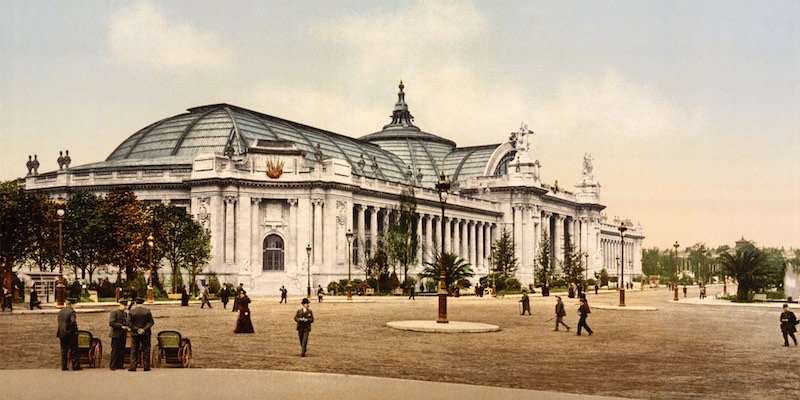
![]()
1905 – Fauvism
Scandal ignites the Salon d'Automne of 1905 (the autumn government-sponsored showing of new French art) held beneath the vault. The bold colors and styles of the artists critics dub "wild beasts" (fauves) are introduced at the Palais to both praise and criticism with paintings by Henri Matisse, Georges Braque, Edouard Manet, Ingres, and Andre Derain.
1914 to 1918 – Convalescence Hospital
During World War I, the Grand Palais is transformed into a military hospital. Injured soldiers recuperate in the galleries. Local artists decorate the makeshift hospital rooms and also make moulds for prosthetic limbs.
1939 to 1944 – Nazis, Liberation & A Fire
During the occupation of France, the invading Nazis use the Grand Palais as a truck depot and for Nazi propaganda exhibitions.
At the time of the liberation of Paris, resistance fighters make the Grand Palais their headquarters. On August 23, 1944 an advancing German column tank attacks the Palais. The tank shelling ignites hay that was in the palais for a circus show. Burning for the next two days, smoke and fire cause serious damage to the building. Days later, American jeeps park in the nave, completing the liberation of the Grand Palais.
2000 – A New Dawn
The Grand Palais is granted Historic Monument status, allowing the government to fund an extensive renovation project. A major refurbishment plan is in now the works to restore the grand old dame in time for the Paris Olympics in 2024.
![]()
Find Hotel Deals for Your Dates in Paris
Check the complete list of Paris hotels to find current sale prices on rooms in every arrondissement. Save 10%, 20%… or even more! |
Paris Hotel Deals |
Find Hotel Deals for Your Dates in Paris
Save on hotels in every arrondissement of Paris – the Latin Quarter, Saint Germain, the Right Bank, the Marais, near the Eiffel Tower. Save 10%, 20%… or even more! |
Grand Palais Galeries Nationales – Resources

To learn about current and upcoming exhibitions at the Grand Palais' galleries (where the major shows are held) visit the English website. There are three entrances to the Galeries Nationales and the one you use will vary from exhibition to exhibition.
- Avenue Winston Churchill at Avenue du Général Eisenhower
- 8th Arrondissement
- Metro – Lines 1, 9 & 13. Stations: Franklin D. Roosevelt, Champs-Elysées-Clemenceau
- Grand Palais English Website…
Paris Planning Guides
 VIP to Champagne
VIP to Champagne |
 Book an Airport Transfer
Book an Airport Transfer |
 Visiting Versailles
Visiting Versailles |
 Glorious Dinner Cruises
Glorious Dinner Cruises |

